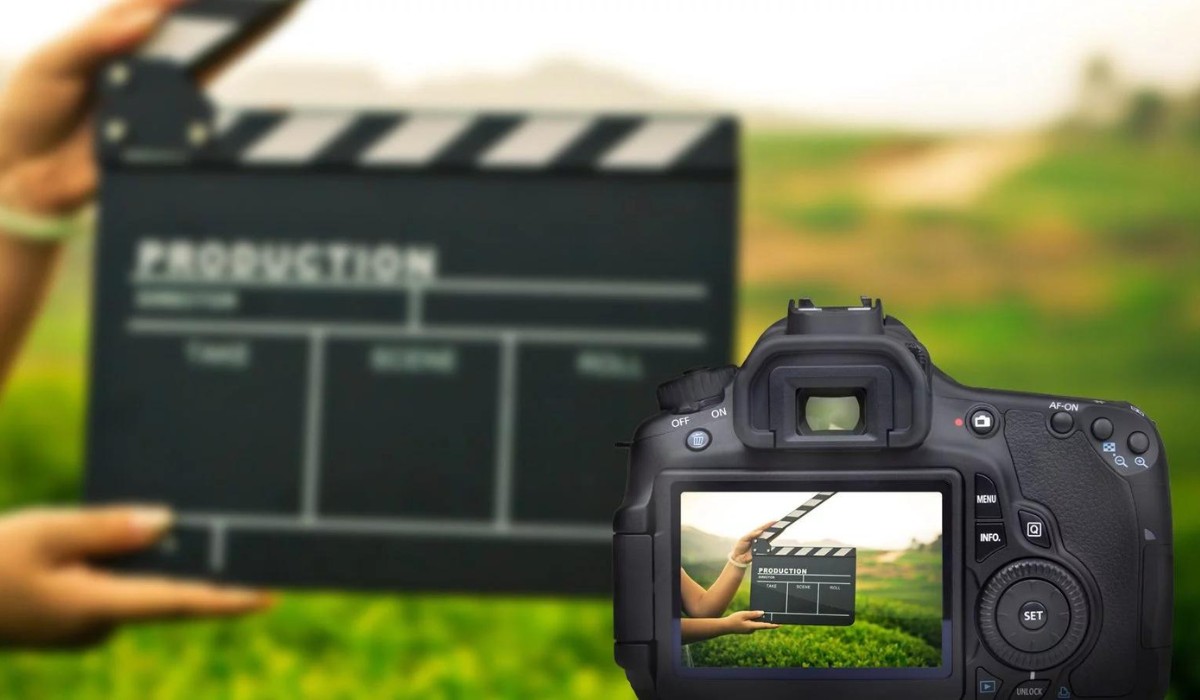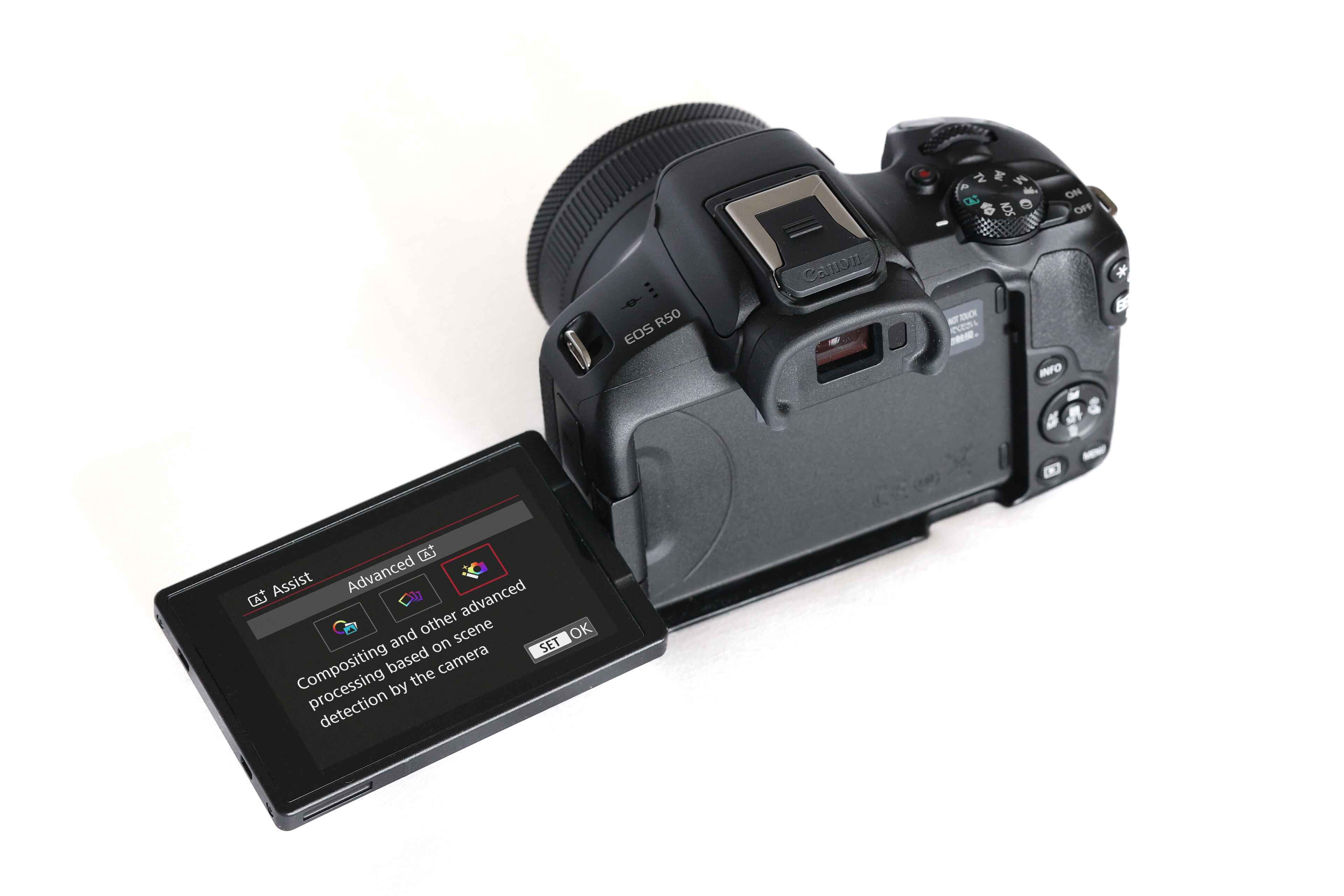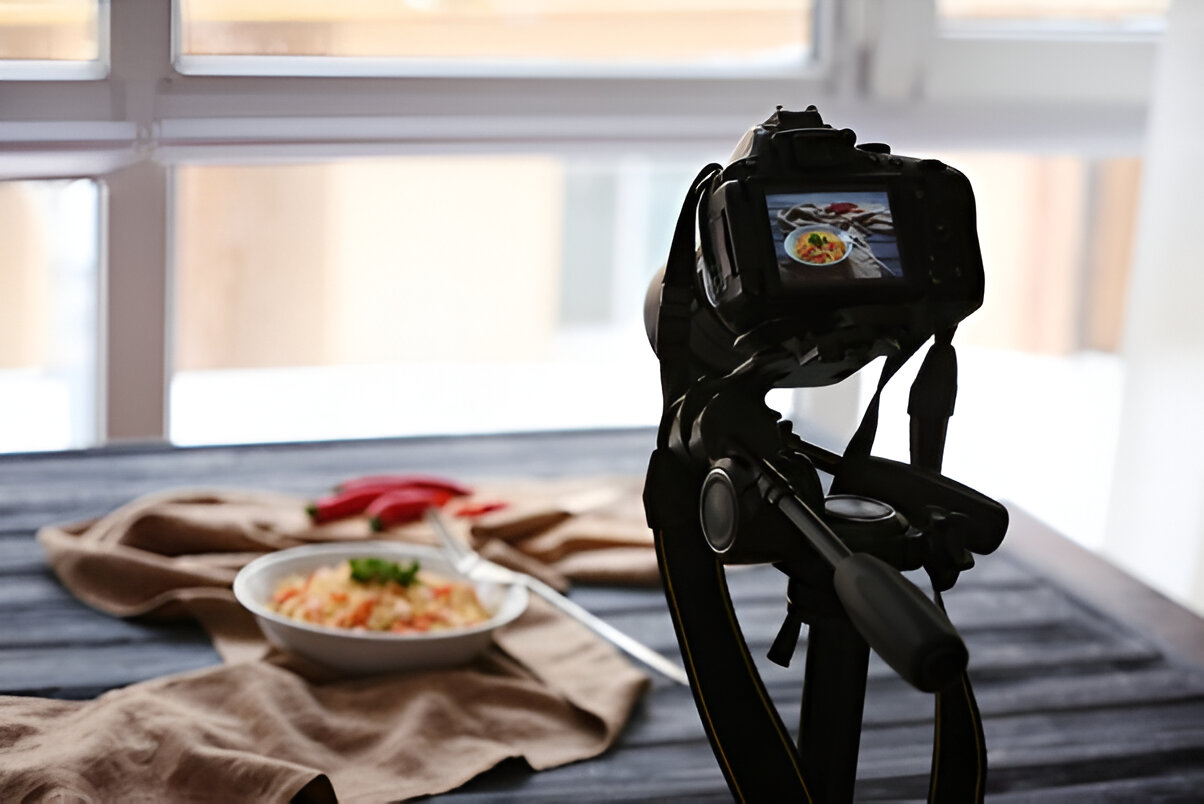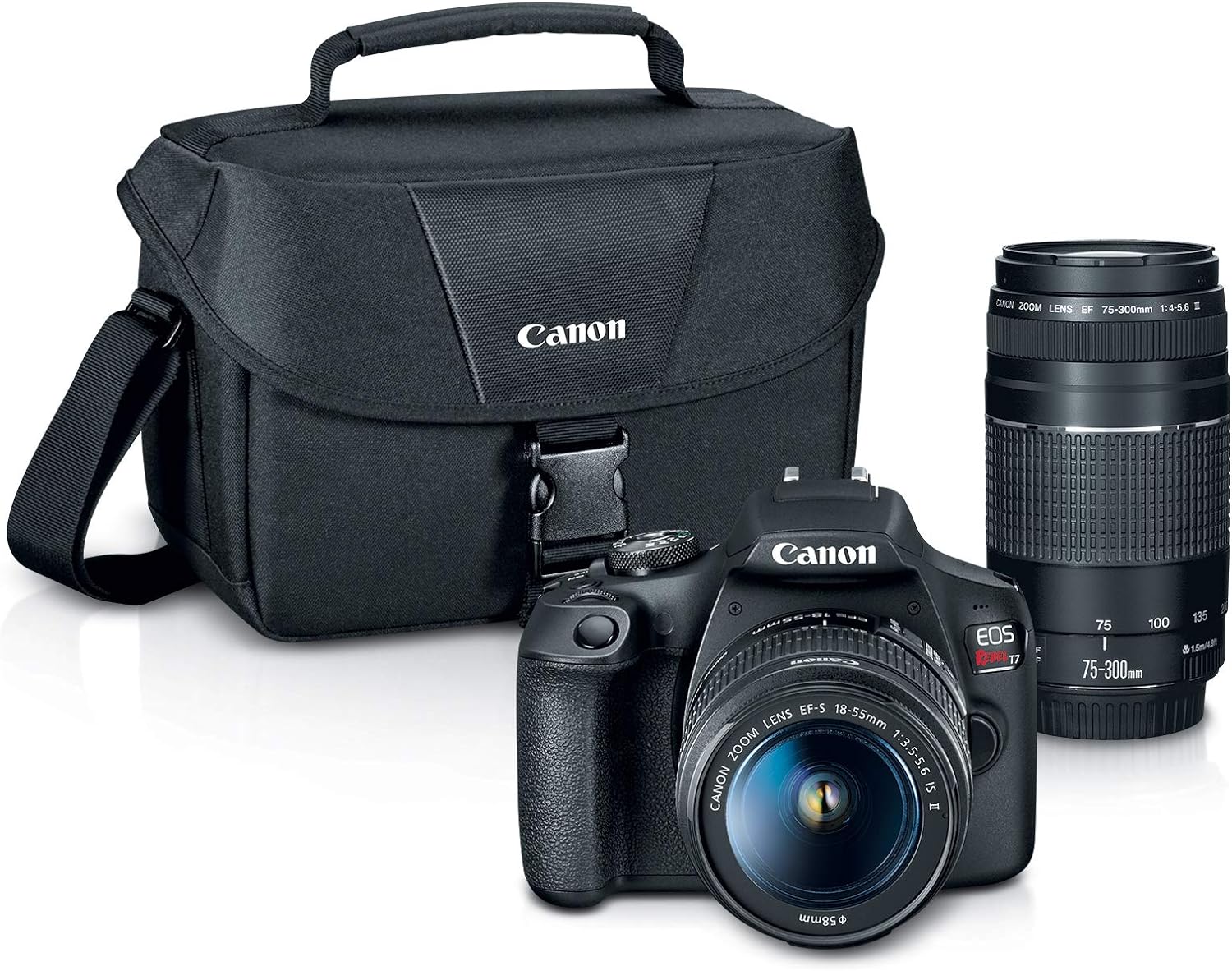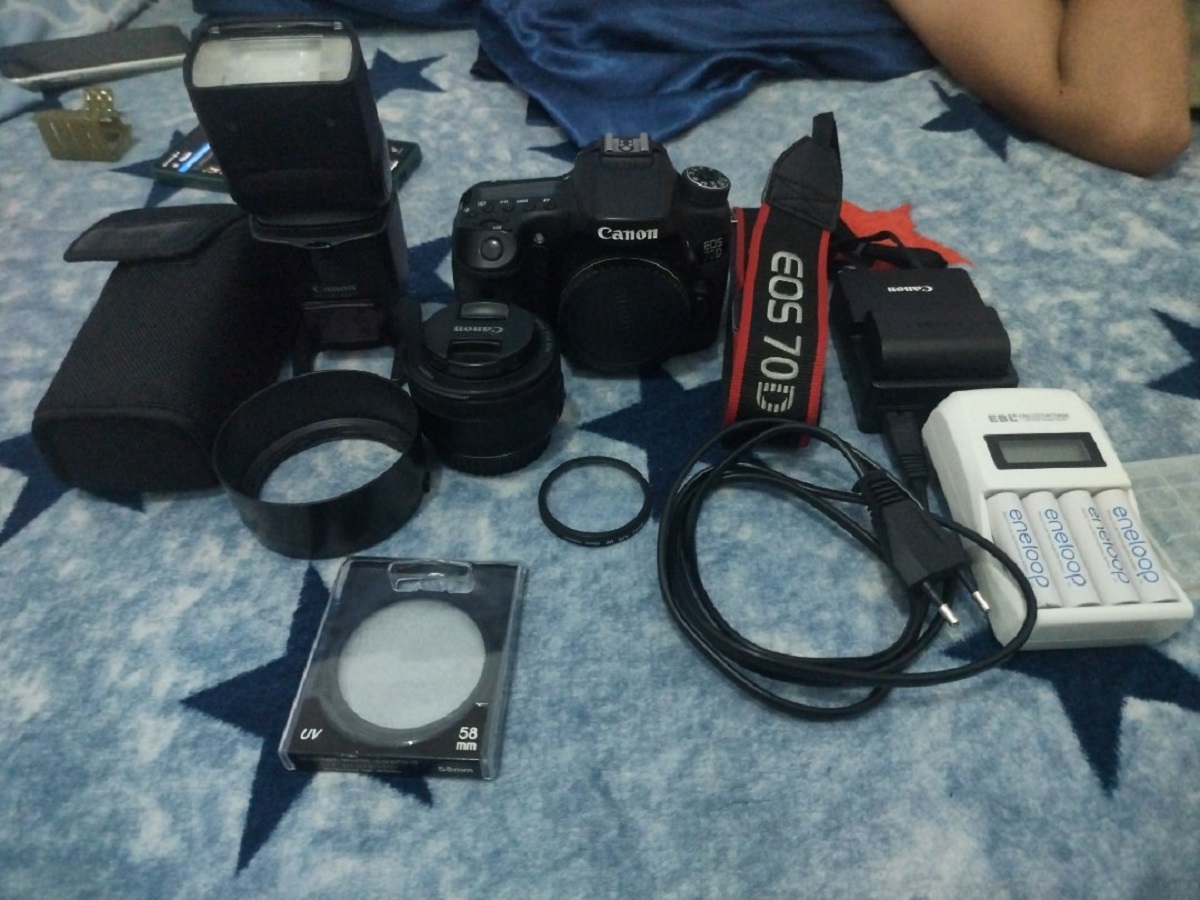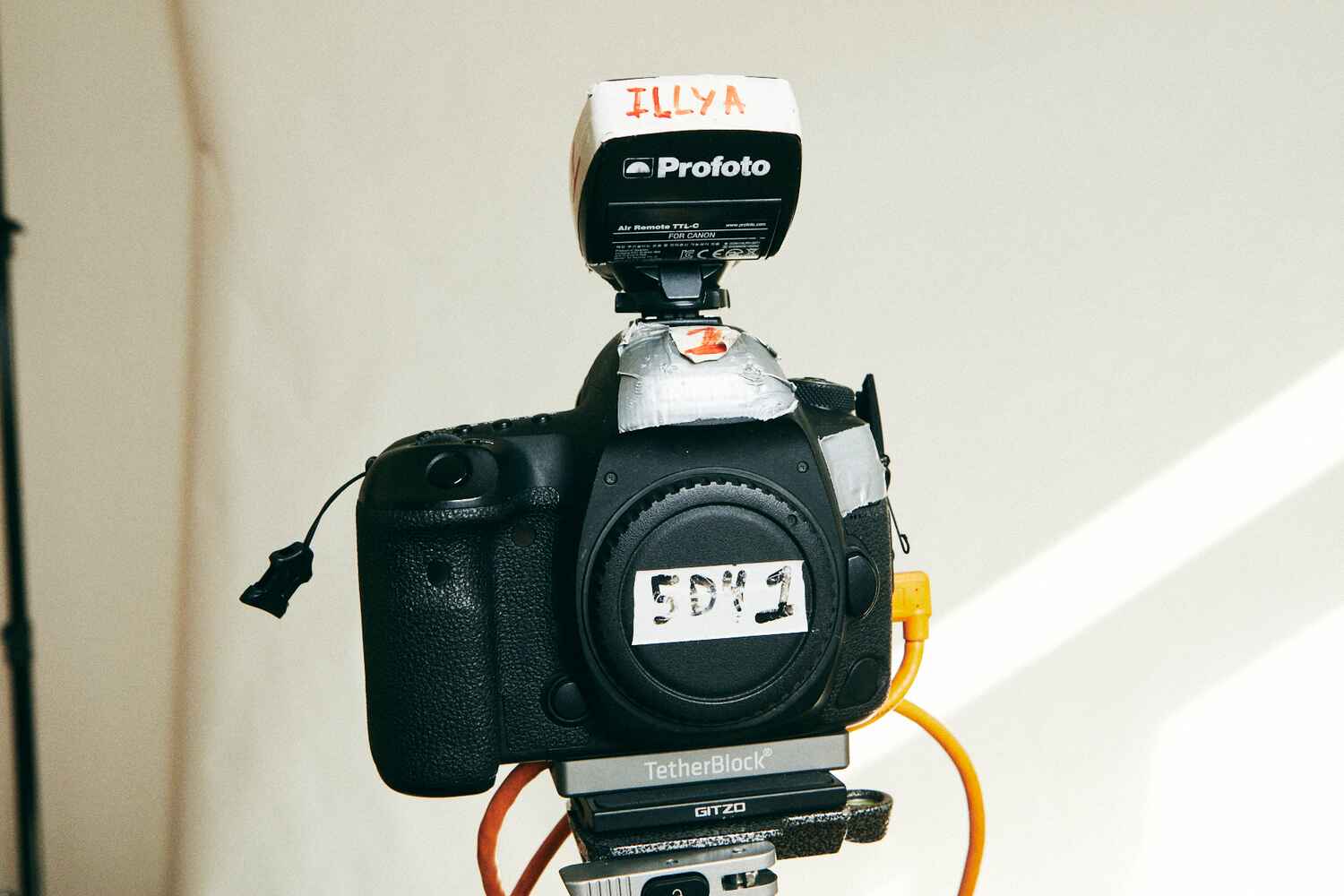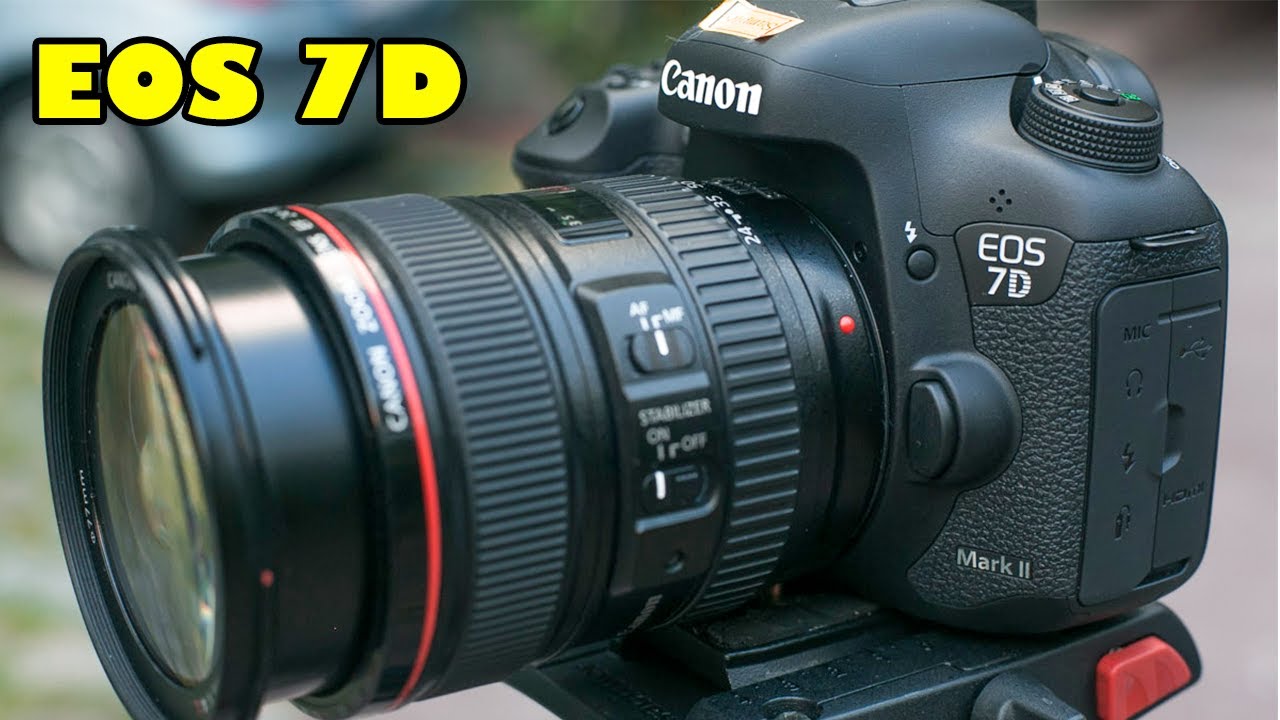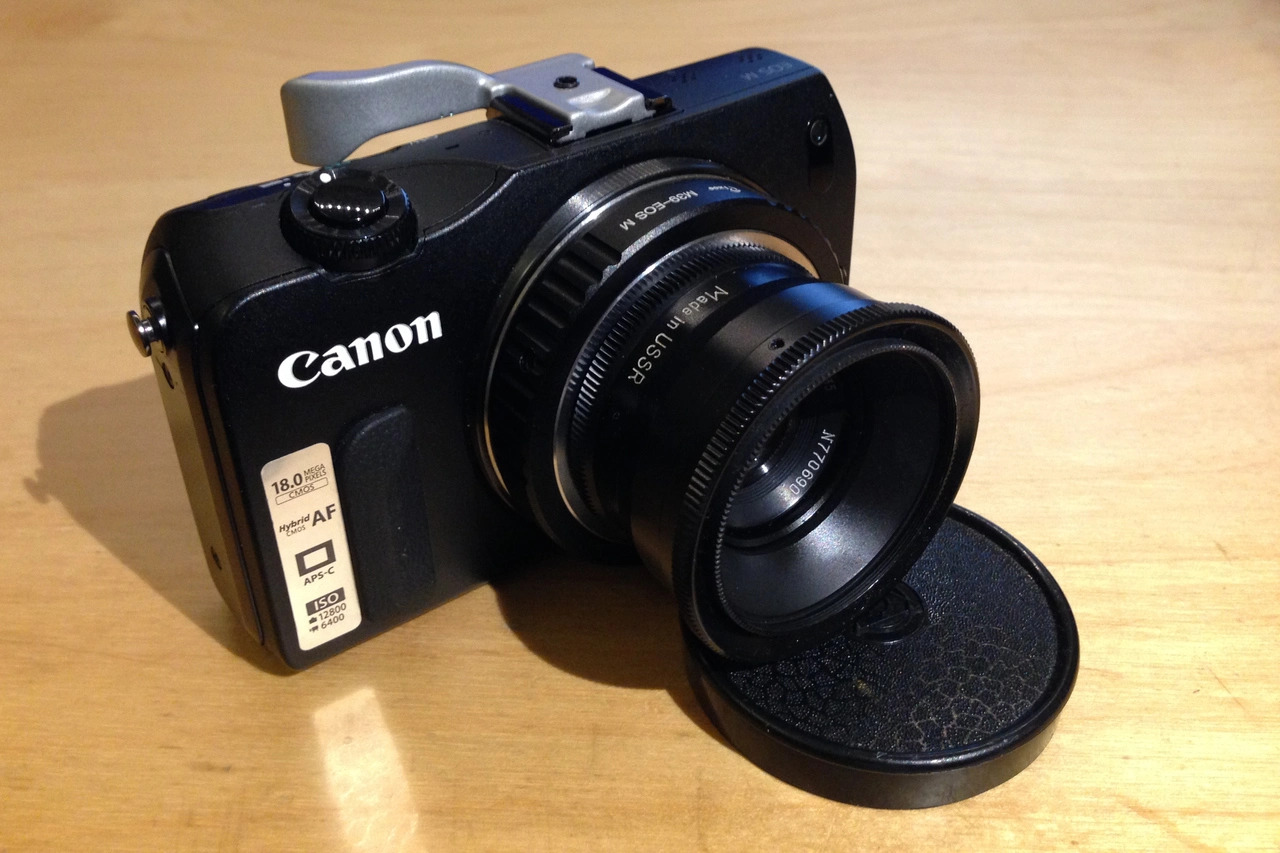Introduction
Welcome to the world of photography and videography! Whether you're a professional or an amateur, one of the key elements to capturing stunning images and smooth videos is camera stabilization. In this comprehensive guide, we'll delve into the various methods and technologies that can help you stabilize your Canon DSLR camera, ensuring that your shots are crisp, clear, and free from unwanted motion blur.
Camera stabilization is crucial for achieving professional-looking results, especially in low-light conditions or when shooting fast-moving subjects. By minimizing camera shake and unwanted movements, you can elevate the quality of your photographs and videos, ultimately providing a more immersive and captivating viewing experience for your audience.
Throughout this guide, we'll explore traditional stabilization tools such as tripods and monopods, as well as modern advancements like camera stabilizers and image stabilization technology. Whether you're a landscape photographer aiming to capture breathtaking vistas, a wedding videographer seeking steady footage, or a vlogger creating engaging content, mastering the art of camera stabilization is essential for producing exceptional visual content.
Join us as we embark on this journey to uncover the secrets of stabilizing your Canon DSLR camera, empowering you to unleash your creativity and capture moments with unparalleled clarity and precision. Let's dive into the world of camera stabilization and discover the techniques and tools that will take your photography and videography to the next level.
Understanding Camera Stabilization
Camera stabilization is the practice of reducing unwanted motion and vibrations to achieve steady and smooth footage or images. It plays a pivotal role in photography and videography, as it directly impacts the overall quality and professional appearance of the final output. By stabilizing your Canon DSLR camera, you can minimize the impact of hand tremors, body movements, or external factors, resulting in sharper, clearer, and more visually appealing content.
There are various factors that contribute to camera instability, including handheld shooting, environmental conditions, and the equipment itself. Handheld shooting, while offering flexibility and mobility, often leads to shaky footage or blurry images, particularly in low-light situations or when using telephoto lenses. Additionally, environmental factors such as wind, uneven surfaces, or vibrations can introduce unwanted motion into your shots.
To address these challenges, photographers and videographers have access to a range of stabilization techniques and tools. From traditional tripods and monopods to advanced camera stabilizers and built-in image stabilization technology, each method offers unique benefits and applications.
Understanding the principles of camera stabilization empowers content creators to make informed decisions when selecting the most suitable stabilization method for a given shooting scenario. By comprehending the underlying concepts and technologies, you can effectively mitigate the impact of camera shake and motion, resulting in professional-grade visual content that captivates and resonates with your audience.
Throughout this guide, we’ll delve deeper into the specific tools and techniques available for stabilizing your Canon DSLR camera, providing you with the knowledge and insights needed to elevate your photography and videography to new heights.
Using Tripods
Tripods are indispensable tools for achieving stable and steady shots in photography and videography. Consisting of three adjustable legs and a mounting platform for the camera, tripods provide a solid and reliable foundation for capturing images and footage with minimal movement. When using a Canon DSLR camera, pairing it with a tripod can significantly enhance the overall quality of your work.
One of the primary advantages of using a tripod is the elimination of camera shake, especially in low-light conditions or when using telephoto lenses. By securely mounting the camera on a tripod, photographers can achieve long exposure shots without the risk of blurriness caused by hand tremors. Additionally, videographers benefit from the stability offered by tripods, resulting in smooth and professional-looking footage, whether capturing events, interviews, or cinematic sequences.
When selecting a tripod for your Canon DSLR camera, consider factors such as load capacity, height, weight, and portability. It’s essential to choose a tripod that can support the weight of your camera and lens combination while offering the desired height and stability. Furthermore, portability is crucial for photographers and videographers who are often on the move, requiring a tripod that strikes a balance between sturdiness and ease of transportation.
Modern tripods often feature adjustable legs, quick-release mounting plates, and fluid head systems, allowing for precise adjustments and smooth panning and tilting movements. These features are particularly valuable for capturing dynamic shots and achieving cinematic effects in videography.
Whether you’re capturing landscapes, portraits, time-lapse sequences, or long-exposure night photography, using a tripod with your Canon DSLR camera can elevate the quality of your work, providing stability and precision that enhance the visual impact of your images and videos.
Using Monopods
Monopods are versatile tools that offer a middle ground between handheld shooting and the stability provided by tripods. With a single extendable leg and a mounting platform for the camera, monopods provide a portable and convenient solution for stabilizing your Canon DSLR camera in various shooting scenarios.
Photographers and videographers often turn to monopods when they require mobility and flexibility without sacrificing stability. Whether capturing sports events, wildlife, or documentary footage, a monopod allows for quick adjustments and freedom of movement while minimizing the risk of camera shake.
One of the key advantages of using a monopod is its lightweight and compact design, making it an ideal companion for photographers and videographers who are frequently on the move. The portability of monopods enables content creators to navigate through different shooting locations with ease, providing support for their Canon DSLR camera without the bulkiness associated with traditional tripods.
Additionally, monopods offer valuable support when shooting in crowded or confined spaces where setting up a tripod may be impractical or prohibited. They also serve as effective tools for stabilizing long and heavy lenses, particularly in wildlife and sports photography, where swift adjustments and steady support are essential for capturing decisive moments.
Many monopods feature adjustable height, ergonomic grips, and quick-release mounting plates, allowing for rapid deployment and seamless transitions between handheld and stabilized shooting. Furthermore, some monopods are designed with built-in feet or tripod bases, providing added stability when fully extended, enhancing their versatility in a wide range of shooting conditions.
Whether you’re capturing dynamic events, documentary footage, or on-the-go photography, incorporating a monopod into your toolkit can significantly enhance the stability and quality of your work with a Canon DSLR camera, empowering you to achieve professional results in diverse shooting environments.
Using Camera Stabilizers
Camera stabilizers, such as gimbals and steadicams, have revolutionized the way photographers and videographers capture smooth and steady footage with their Canon DSLR cameras. These innovative tools are designed to minimize the impact of motion and vibrations, providing fluid and stabilized motion sequences that rival professional cinematography.
Gimbals, in particular, have gained widespread popularity for their ability to stabilize the camera along three axes, allowing for smooth panning, tilting, and rolling movements. Whether shooting dynamic action sequences, cinematic vlogs, or professional documentaries, gimbals enable content creators to achieve professional-grade stabilization and cinematic motion in their footage.
Steadicams, on the other hand, offer a handheld stabilization solution, utilizing counterweights and a mechanical arm to isolate the camera from the operator’s movements, resulting in steady and fluid shots. Steadicams are prized for their versatility and ability to capture smooth, gliding movements, making them invaluable tools for achieving cinematic effects and immersive storytelling.
When using camera stabilizers with a Canon DSLR camera, content creators can explore new creative possibilities, including dynamic tracking shots, stabilized walking sequences, and immersive point-of-view perspectives. The versatility and precision offered by camera stabilizers empower photographers and videographers to elevate the production value of their content, delivering visually captivating and professional-looking footage.
Furthermore, many modern camera stabilizers feature advanced features such as follow focus systems, remote control capabilities, and smartphone integration, enhancing the flexibility and control available to content creators. These features enable precise adjustments and creative control over the camera’s movements, allowing for seamless transitions and captivating visual storytelling.
By incorporating camera stabilizers into their workflow, photographers and videographers can unlock new levels of creativity and technical precision, harnessing the power of stabilization technology to capture stunning and immersive visuals with their Canon DSLR cameras.
Using Image Stabilization Technology
Image stabilization technology has become an integral feature in modern Canon DSLR cameras, offering an innovative solution to counteract the effects of camera shake and motion blur. This technology, often integrated into the camera body or compatible lenses, plays a crucial role in enhancing the stability and sharpness of images and videos captured in various shooting conditions.
Canon DSLR cameras equipped with in-body image stabilization (IBIS) utilize sensor-shift technology to compensate for unwanted camera movements, resulting in clearer and sharper images, particularly in low-light situations or when using telephoto lenses. IBIS allows photographers to capture handheld shots with reduced risk of blurriness, expanding the creative possibilities in challenging lighting conditions.
Additionally, Canon’s lineup of image-stabilized lenses, featuring optical stabilization (IS) technology, provides further support for stabilizing images and videos. These lenses incorporate gyroscopic sensors and lens elements that counteract camera shake, resulting in sharper images and smoother footage, especially when shooting at slower shutter speeds or in dynamic environments.
For videographers, image stabilization technology in Canon DSLR cameras and lenses offers the advantage of capturing steady and professional-looking footage without the need for external stabilization equipment. Whether filming handheld sequences, documentaries, or vlogs, the built-in image stabilization technology enhances the overall quality and visual impact of the videos.
Furthermore, advancements in image stabilization technology have expanded to include electronic stabilization modes, offering digital stabilization to complement traditional optical stabilization methods. These electronic stabilization features, found in select Canon DSLR cameras, provide an additional layer of stabilization, particularly useful for capturing handheld video footage with minimal distortion and shake.
By leveraging image stabilization technology, photographers and videographers can confidently explore diverse shooting scenarios, knowing that their Canon DSLR camera’s built-in stabilization capabilities will contribute to the production of sharp, clear, and visually compelling content. Whether capturing still images or dynamic videos, image stabilization technology enhances the overall quality and professional appearance of the visual content, enriching the storytelling and visual impact.
Conclusion
Mastering the art of camera stabilization is a transformative journey for photographers and videographers seeking to elevate the quality and impact of their visual content. Whether capturing breathtaking landscapes, dynamic action sequences, or intimate portraits, the ability to stabilize a Canon DSLR camera effectively is essential for achieving professional-grade results.
Throughout this guide, we’ve explored a range of techniques and tools for stabilizing Canon DSLR cameras, from traditional tripods and monopods to advanced camera stabilizers and built-in image stabilization technology. Each method offers unique benefits and applications, empowering content creators to adapt to diverse shooting scenarios and deliver visually captivating content.
Understanding the principles of camera stabilization equips photographers and videographers with the knowledge and insights needed to make informed decisions when selecting the most suitable stabilization method for a given project. Whether it’s the portability and flexibility of a monopod, the precision and control offered by a camera stabilizer, or the built-in image stabilization technology in the camera body or lenses, each approach contributes to the seamless production of sharp, clear, and visually engaging content.
By embracing the diverse array of stabilization tools and technologies available for Canon DSLR cameras, content creators can unleash their creativity with confidence, knowing that they have the means to capture stunning imagery and compelling footage with unparalleled stability and precision.
As you continue your journey in photography and videography, remember that camera stabilization is not merely a technical consideration, but a gateway to unlocking new levels of creativity and visual storytelling. Whether you’re a seasoned professional or an aspiring enthusiast, the mastery of camera stabilization is an essential skill that will enrich your craft and captivate your audience.
So, pick up your Canon DSLR camera, explore the world of camera stabilization, and embark on a visual odyssey filled with steady shots, smooth motions, and unforgettable moments captured with precision and artistry.







